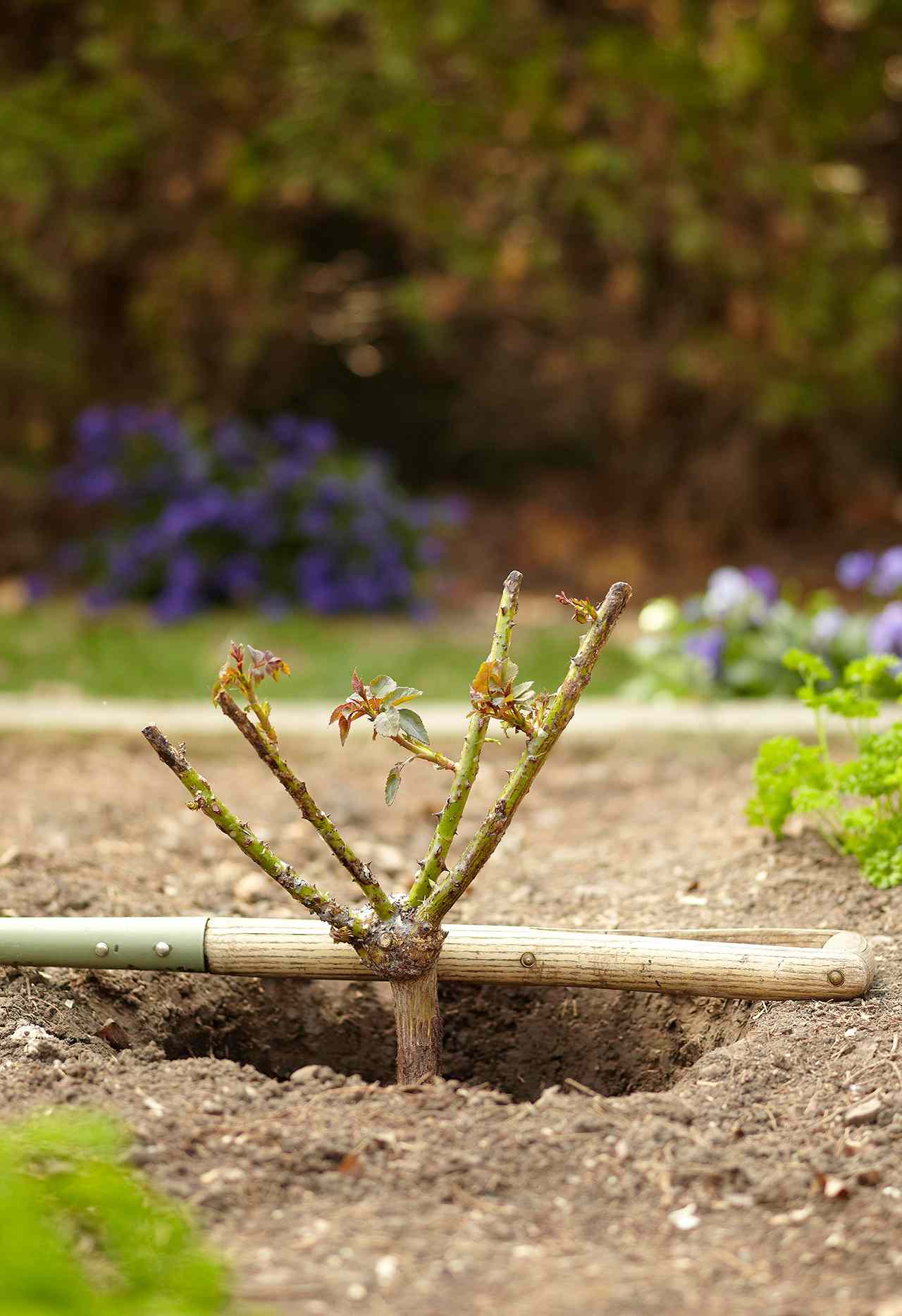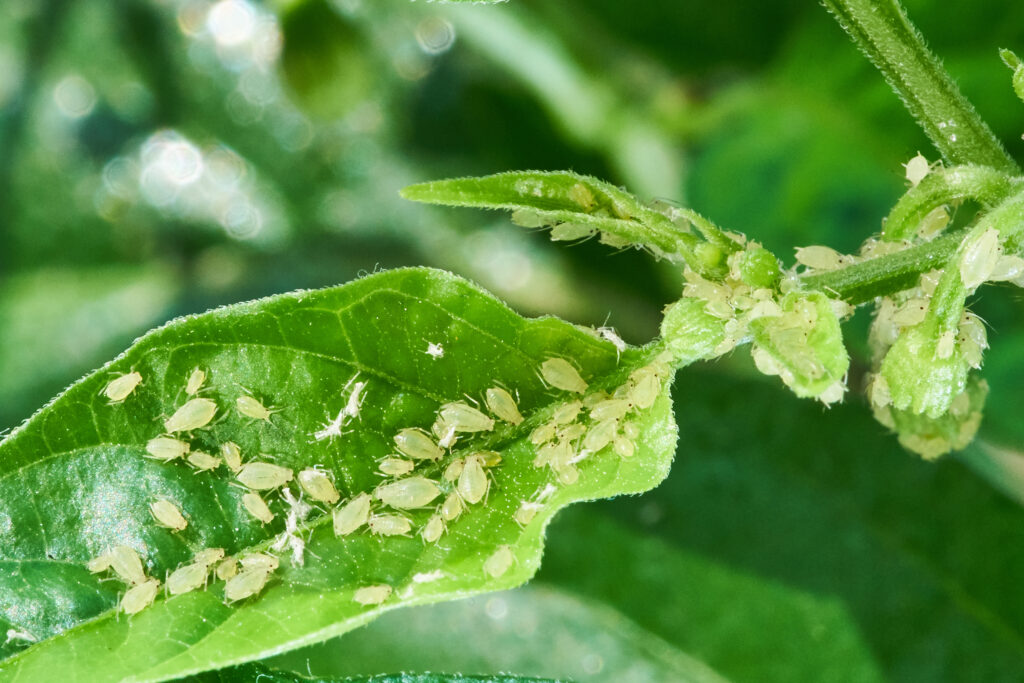Understanding the Causes of Droopy Roses
Roses are one of the most popular and iconic flowers, but they can be finicky and prone to drooping. To effectively address the issue of droopy roses, it’s essential to understand the underlying causes. Inadequate watering is a common culprit, as roses need consistent moisture to thrive. However, overwatering can be just as detrimental, leading to root rot and other problems. Poor soil quality is another factor that can contribute to droopy roses. Roses prefer well-draining soil with a pH between 6.0 and 6.5, and a lack of essential nutrients can cause them to struggle.
Extreme temperatures can also cause roses to droop. While roses can tolerate some heat, prolonged exposure to temperatures above 85°F (30°C) can cause them to wilt. On the other hand, temperatures below 40°F (4°C) can cause damage to the plant. Other environmental factors, such as wind, frost, and sunlight, can also impact the health and appearance of roses. By identifying the underlying cause of droopy roses, gardeners and flower enthusiasts can take targeted steps to address the issue and promote healthy growth.
For example, if inadequate watering is the cause, adjusting the watering schedule and ensuring the soil is consistently moist can help to revive the plant. If poor soil quality is the issue, adding organic matter such as compost or manure can help to improve the soil’s structure and fertility. By understanding the causes of droopy roses, it’s possible to take a proactive approach to preventing the problem and enjoying long-lasting, beautiful blooms.
How to Stop Roses from Drooping: Essential Care Tips
To keep roses healthy and prevent drooping, it’s essential to provide them with proper care. This includes watering, fertilizing, and pruning. By following these essential care tips, you can help your roses thrive and enjoy long-lasting, beautiful blooms.
Proper watering techniques are crucial for healthy rose growth. Roses need about 1-2 inches of water per week, either from rainfall or irrigation. However, overwatering can be detrimental, leading to root rot and other problems. To avoid this, check the soil moisture by inserting your finger into the soil up to the first knuckle. If the soil feels dry, it’s time to water.
Fertilization is also essential for healthy rose growth. Roses are heavy feeders and need a balanced fertilizer that contains nitrogen, phosphorus, and potassium. Apply a rose-specific fertilizer in early spring and again in mid-summer, following the manufacturer’s instructions.
Pruning is another critical aspect of rose care. Prune your roses in late winter or early spring, removing any dead, diseased, or damaged branches. This will help promote healthy growth and encourage blooming. When pruning, make clean cuts just above a bud eye, and remove any weak or spindly growth.
By following these essential care tips, you can help prevent droopy roses and enjoy long-lasting, beautiful blooms. Remember to maintain a consistent routine, as this will help promote healthy growth and prevent problems. With proper care, your roses will thrive and provide you with years of enjoyment.
In addition to these care tips, learning how to stop roses from drooping requires a understanding of the underlying causes of the problem. By identifying the cause of droopy roses, you can take targeted steps to address the issue and promote healthy growth. Whether it’s adjusting your watering schedule, fertilizing, or pruning, taking a proactive approach to rose care can make all the difference.
The Role of Watering in Preventing Droopy Roses
Watering is one of the most critical aspects of rose care, and it plays a significant role in preventing droopy roses. Roses need consistent moisture to thrive, but overwatering and underwatering can both lead to droopy roses. To avoid this, it’s essential to understand the importance of proper watering techniques.
The frequency and amount of water to provide depend on the climate, soil type, and time of year. In general, roses need about 1-2 inches of water per week, either from rainfall or irrigation. However, this can vary depending on the specific conditions. For example, roses in hot and dry climates may need more frequent watering, while those in cool and wet climates may need less.
It’s also important to consider the soil type when watering roses. Roses prefer well-draining soil, and if the soil is too dense or clay-heavy, it can lead to waterlogged soil and root rot. To avoid this, add organic matter such as compost or manure to improve the soil’s structure and drainage.
When watering roses, it’s best to water deeply but infrequently. This encourages the roots to grow deeper, making the plant more resistant to drought and drooping. Avoid frequent shallow watering, as this can lead to weak and shallow roots.
In addition to proper watering techniques, learning how to stop roses from drooping requires a understanding of the underlying causes of the problem. By identifying the cause of droopy roses, you can take targeted steps to address the issue and promote healthy growth. Whether it’s adjusting your watering schedule, fertilizing, or pruning, taking a proactive approach to rose care can make all the difference.
By following these tips and understanding the importance of proper watering techniques, you can help prevent droopy roses and enjoy long-lasting, beautiful blooms. Remember to monitor your roses regularly and adjust your watering schedule as needed to ensure they receive the right amount of moisture.
Supporting Your Roses: The Benefits of Staking and Pruning
Staking and pruning are two essential techniques for supporting roses and preventing drooping. By providing structural support and promoting healthy growth, these techniques can help roses thrive and produce long-lasting, beautiful blooms.
Staking is particularly important for tall or top-heavy rose varieties, as it helps to prevent them from toppling over in the wind. To stake a rose, simply drive a wooden or metal stake into the ground near the base of the plant, and tie the stem to the stake using twine or a soft material. This will provide the necessary support to keep the rose upright and prevent drooping.
Pruning is another crucial technique for supporting roses and promoting healthy growth. By removing dead, diseased, or damaged branches, pruning helps to improve air circulation and reduce the risk of disease. It also encourages the rose to produce new growth and blooms, which can help to prevent drooping.
To prune a rose, start by removing any dead or damaged branches. Cut back the stem to a healthy bud eye, making a clean cut just above the bud. This will help the rose to heal quickly and reduce the risk of disease. Next, remove any weak or spindly growth, as this can take energy away from the rest of the plant.
Finally, shape the rose to maintain its desired form and promote healthy growth. This may involve cutting back the tips of the branches to encourage branching, or removing any crossing branches to improve air circulation.
By staking and pruning your roses, you can provide the necessary support to prevent drooping and promote healthy growth. Remember to prune your roses regularly to maintain their shape and promote new growth, and consider staking tall or top-heavy varieties to prevent them from toppling over in the wind.
Learning how to stop roses from drooping requires a comprehensive approach that includes staking, pruning, and other techniques. By providing the necessary support and promoting healthy growth, you can help your roses thrive and produce long-lasting, beautiful blooms.
Nutrient-Rich Soil: The Key to Healthy, Upright Roses
Soil quality plays a vital role in maintaining the health and appearance of roses. Roses require a balanced diet of nutrients to produce lush foliage, vibrant blooms, and sturdy stems. A nutrient-rich soil provides the necessary foundation for healthy growth, helping to prevent droopy roses. To ensure optimal soil quality, it’s essential to test the pH and nutrient levels of the soil.
Soil pH affects the availability of nutrients for roses. Most roses prefer a slightly acidic to neutral soil pH, ranging from 6.0 to 7.0. Testing the soil pH can be done using a DIY kit or by sending a sample to a laboratory for analysis. Based on the test results, adjustments can be made to the soil pH by adding lime to raise the pH or elemental sulfur to lower it.
In addition to pH, roses require a balanced mix of macronutrients (nitrogen, phosphorus, and potassium) and micronutrients (boron, copper, iron, manganese, molybdenum, and zinc). A soil test can also determine the nutrient levels in the soil. Roses benefit from regular fertilization, especially during the growing season. A balanced, slow-release fertilizer can provide the necessary nutrients for healthy growth.
Organic matter, such as compost or well-rotted manure, can also be added to the soil to improve its structure and fertility. These amendments help to retain moisture, suppress diseases, and support beneficial microorganisms. By incorporating organic matter into the soil, gardeners can create a nutrient-rich environment that promotes healthy rose growth and prevents droopy stems.
Some examples of nutrient-rich soil amendments for roses include:
- Compost: Rich in organic matter, compost helps to improve soil structure and fertility.
- Well-rotted manure: A natural source of nutrients, well-rotted manure supports healthy microbial activity.
- Bone meal: A slow-release fertilizer, bone meal provides phosphorus and other micronutrients.
- Alfalfa meal: A nitrogen-rich fertilizer, alfalfa meal promotes healthy foliage and bloom production.
By understanding the importance of nutrient-rich soil and taking steps to test and amend the soil, gardeners can create an optimal growing environment for their roses. This, in turn, helps to prevent droopy stems and promotes healthy, upright growth. By incorporating these tips into their rose care routine, gardeners can enjoy long-lasting, vibrant blooms and a thriving rose garden.
Common Pests and Diseases that Cause Droopy Roses
Roses are susceptible to various pests and diseases that can cause droopy stems and blooms. Identifying the underlying issue is crucial for finding an effective solution. Some common pests and diseases that can affect roses include:
Aphids: These small, soft-bodied insects feed on plant sap, causing curled or distorted leaves and droopy stems. To control aphids, use neem oil or insecticidal soap, and ensure good air circulation around the plants.
Black Spot: A fungal disease that causes black spots on leaves, black spot can lead to defoliation and droopy stems. To prevent black spot, remove infected leaves, improve air circulation, and treat with a fungicide.
Powdery Mildew: A fungal disease that causes a white, powdery coating on leaves, powdery mildew can cause droopy stems and reduced bloom production. To control powdery mildew, remove infected leaves, improve air circulation, and treat with a fungicide.
Other common pests and diseases that can affect roses include spider mites, whiteflies, and rust. Regular monitoring and maintenance can help prevent these issues and promote healthy growth.
To prevent pests and diseases from causing droopy roses, follow these tips:
- Inspect plants regularly for signs of pests or diseases.
- Remove infected or damaged leaves and stems to prevent the spread of disease.
- Improve air circulation around plants to reduce the risk of fungal diseases.
- Use organic or chemical controls as needed to manage pests and diseases.
- Practice good sanitation and hygiene when handling plants to prevent the spread of disease.
By being aware of the common pests and diseases that can affect roses and taking steps to prevent and control them, gardeners can help promote healthy growth and prevent droopy stems. This, in turn, can help to stop roses from drooping and ensure long-lasting, upright blooms.
Using Floral Preservatives to Extend Rose Life
Floral preservatives can play a significant role in extending the life of cut roses. These products help to prevent bacterial growth, maintain water uptake, and provide essential nutrients to the flowers. By using floral preservatives, you can enjoy your cut roses for a longer period and keep them looking fresh and vibrant.
Floral preservatives typically contain a combination of ingredients, including:
- Acidifiers: Help to lower the pH of the water, creating an environment that is less conducive to bacterial growth.
- Antimicrobial agents: Prevent the growth of bacteria and other microorganisms that can cause the flowers to deteriorate.
- Nutrients: Provide essential nutrients, such as sugars and amino acids, to help sustain the flowers.
When selecting a floral preservative, look for products that are specifically designed for cut flowers. These products are usually available at florist supply stores or online. Some popular commercial preservatives include:
- Floralife: A widely used preservative that helps to extend the life of cut flowers.
- Chrysal: A professional-grade preservative that is designed to provide optimal care for cut flowers.
- Oasis: A popular preservative that helps to maintain water uptake and prevent bacterial growth.
To use floral preservatives effectively, follow these tips:
- Always follow the instructions on the product label for proper use.
- Use the preservative in the water when you first cut the stems, and again every 2-3 days to maintain its effectiveness.
- Make sure to clean and sanitize your vase and utensils to prevent the spread of bacteria.
- Keep the water level in the vase topped up to ensure the stems are always submerged.
By incorporating floral preservatives into your rose care routine, you can help to extend the life of your cut roses and keep them looking their best. This, in turn, can help to stop roses from drooping and ensure long-lasting, upright blooms.
Conclusion: Enjoying Long-Lasting, Upright Roses
Reviving wilting roses requires a combination of proper care, attention to detail, and a understanding of the underlying causes of drooping. By implementing the tips and techniques outlined in this article, you can help to prevent droopy roses and enjoy long-lasting, upright blooms.
Remember, the key to healthy, thriving roses is to provide them with the right conditions, including adequate watering, nutrient-rich soil, and proper pruning and staking. By following these essential care tips, you can help to promote healthy growth and prevent drooping.
In addition to proper care, it’s also important to be aware of the common pests and diseases that can cause roses to droop. By identifying and addressing these issues promptly, you can help to prevent further damage and promote healthy growth.
Finally, by using floral preservatives and following proper care techniques, you can help to extend the life of your cut roses and keep them looking their best. Whether you’re a seasoned rose enthusiast or just starting out, with the right knowledge and techniques, you can enjoy beautiful, long-lasting roses that bring joy and beauty to your garden or indoor space.
By implementing these tips and techniques, you can learn how to stop roses from drooping and enjoy long-lasting, upright blooms. With a little care and attention, you can keep your roses thriving and enjoy their beauty for years to come.






